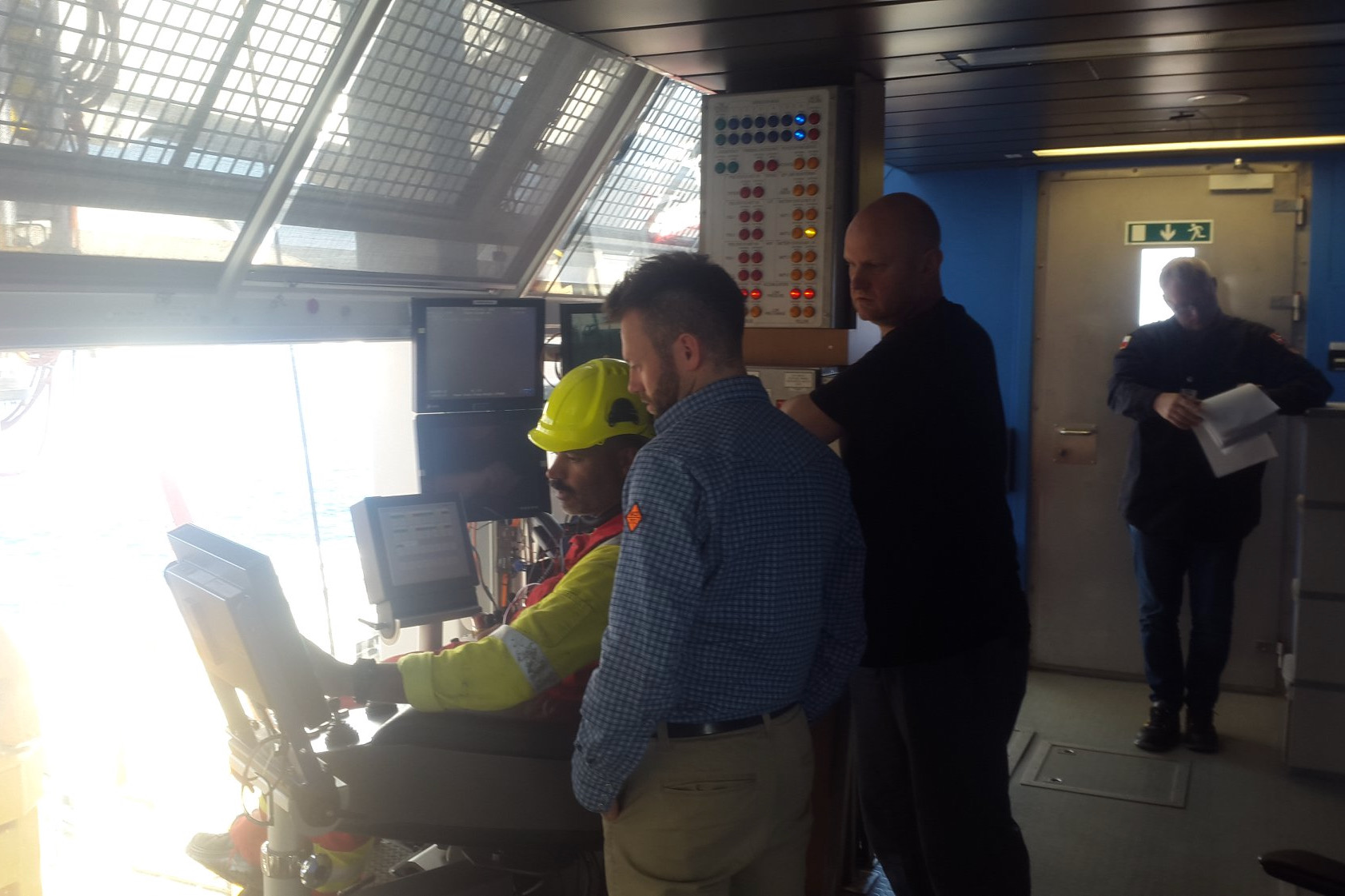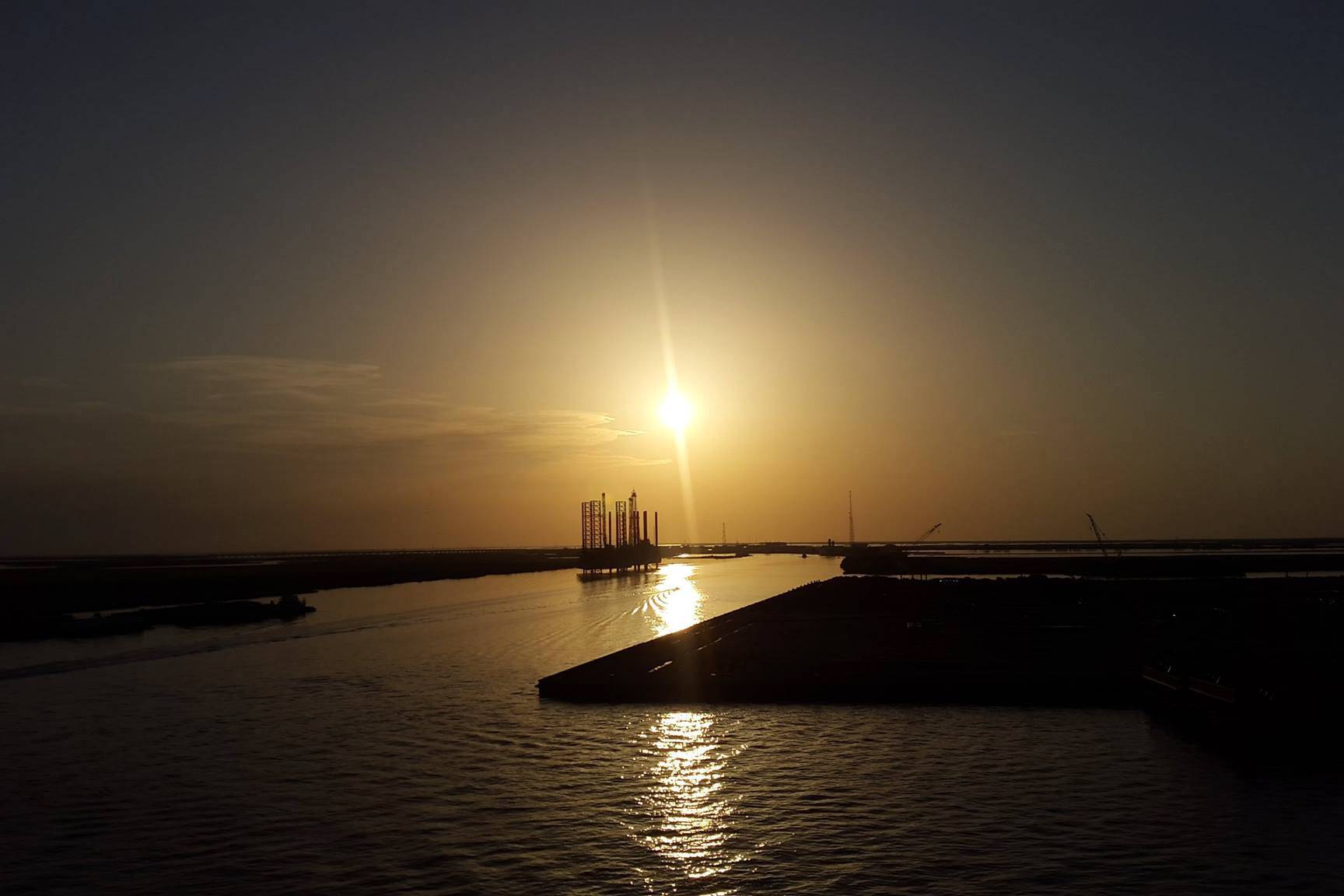The Challenge
I have recently been writing some articles about a keen interest of mine, Subsea Well Intervention. There is a significant focus on plug and abandonment – decommissioning in today’s workscopes. I thought it would be pertinent to write something on the plug and abandonment (P&A) of subsea assets utilizing a Light Well Intervention Vessel (LWIV).
As the situation is now, it will not be economically sustainable for operators to perform P&A operations conventionally. The best way for P&A operations to become more economically viable is through advances in technology.
Light Well Intervention Vessels have been used for over 30 years in the North Sea, and their utilization has spread globally over previous decades. LWIV’s are typically monohull, flexible, extremely cost-efficient, and can be used for single or multi-well campaigns of subsea wells.
As P&A of subsea wells will be a major issue in the future, there is considerable interest in how to utilize these RLWI vessels most effectively in P&A operation. The future goal is to perform full permanent abandonment of subsea wells with smaller vessels.

Vessel Classifications
DNV GL classifies offshore drilling and support units based on a set of variables. The vessels commonly used for both intervention and P&A can be divided into three categories; Mobile offshore drilling unit (MODU), well intervention unit (WIU) type 1 and well intervention unit Type 2.
Operators loosely define them like this:
Category A: Light vessel able to perform wireline operations, subsea inspection, and repairs.
Category B: Vessel can perform workover (pulling and running tubing) and riser operations with coiled tubing (CT) ability.
Category C: Drilling rigs capable of performing all well operations through marine riser and BOP. Heavy intervention capability.
Category D: Production Drilling, with focus on completion and intervention needs.
Type 1 and type 2 vessel-based approach provides cost savings compared to the contracting of a drilling rig. MODUs or cat. C are conventional rigs with low-pressure risers traditionally used for drilling and completing wells. In addition, these units are equipped with workover equipment which implies that they can perform full P&A operations and a variety of well interventions. However, they are historically associated with high costs, up to 40-50% of P&A total cost, and they require more time for mobilization and rig-up, which makes them a less attractive option.
The WIU type 2 or category B vessel have some of the same capabilities as a MODU but tend to have a lighter set-up. This unit also uses a riser from the vessel to the subsea XT and are able to handle the return flow of hydrocarbons. The cost of this method is slightly lower than a conventional rig (MODU) but cannot be compared to the savings of using a WIU type 1 vessel.
WIU type 2 vessels/rigs have a high-pressure small-bore riser and are traditionally necessary to perform heavy interventions like coiled tubing. WIU type 1 or cat. A is commonly known as a riserless light well intervention (RLWI) vessel and has traditionally been used in wireline operations.
These vessels are generally cheaper and use less time to mobilize and rig-up than the other two types of intervention vessels. WIU type 1 enables equipment to be temporarily installed when needed and hence create flexibility in which operations they can perform.
This article will focus on WIU type 1 & 2 or category A & B monohull vessels.
In abandonment, no two wells will be the same. The mindset related to change must be dynamic as the challenges faced could be many. These challenges range from high temperatures, unconsolidated formations, formation strength changes due to reservoir depletion, uncertain reservoir pressure post abandonment, formation permeability, formation shear stress/subsidence, sustained casing pressure, lack of data, deep section milling requirements, & cement verification behind multiple casing strings.
Let us digest some general information on abandonment types and phases.

What Abandonment Types are There?
In general, these can be broken down into three categories and can be defined as follows:
- Suspended
- Temporary
- Permanent
A suspended abandonment is where well control equipment remains intact, and the well’s operations are suspended. This could be due to many reasons such as waiting on weather, workover of other wells, postponed while waiting on equipment delivery, the rig has been skidded performing work on adjacent wells, or construction activities are ongoing in the field.
A temporarily abandoned (long-term suspension) well has been abandoned, and the well control equipment is removed with the intention of later re-entry or to abandon permanently. Temporary abandonment could be due to various reasons such as an extended shutdown, waiting on a workover, waiting on field development, re-development, etc.
Temporarily abandoned status comes into effect when the main reservoir has been fully isolated from the wellbore and may last from days up to several years.
A permanently abandoned well is one in which the well or part of the well, has been permanently plugged and abandoned with the intention of never being re-used or re-entered.
Well Abandonment Phases
During well abandonment, there are three main phases: (4 actually, as pre-planning is phase 0)
0. Pre-planning
1. Reservoir abandonment
2. Intermediate abandonment
3. Wellhead and conductor removal.
Reservoir abandonment starts primarily by inspecting the wellhead, followed by rigging up a wireline unit. The wireline unit is utilized to gauge wellbore access by drifting and evaluating the tubing condition by performing a caliper log. Also, at this point, waste handling systems are established for liquid and solid phases of the operations. This phase follows with an injection test to examine well integrity. If integrity is maintained, cement slurry is bullheaded to plug the main reservoir, and once the cement plug is deemed to have the strength required, its quality is determined by pressure testing.
The intermediate abandonment phase includes milling, retrieving casing, setting barriers to isolate intermediate hydrocarbon or water-bearing permeable zones, and installing an environmental plug. The production tubing may partly be retrieved if it has not been retrieved in the first phase. The second phase is complete when all the potentials for flow are secured.
In the final phase, the conductor and wellhead are cut below the surface or seabed and retrieved. The reason for this is so to avoid any future incident with other marine activities such as fishing activities.
Now that we know the types and phases of abandonment, one of the major deciding factors in the scope of work are the type of Xmas trees (XT) utilized.
Xmas Tree Types
These can be broken up into two categories:
1. Vertical XT (VXT) – The valves are in a vertical arrangement with the tubing being landed in the wellhead itself, and then VXT is landed and locked onto the wellhead.
With a VXT, to get to the tubing, the tree would first have to be removed, whereas, with an HXT, tubing is pulled with the HXT still locked onto the wellhead.
2. Horizontal XT (HXT) – The valves are in a horizontal arrangement, and the tubing is landed in the XT, which has already been landed and locked onto the wellhead.
During a subsea abandonment, the Well Control Package or BOP is positioned above the HXT and tubing is retrieved without nippling down the XT, leading to more efficiencies and time savings.

A Focus on the Light Well Intervention Vessel
So, knowing what levels and phases a P&A consists of and the types of subsea XT involved, what is it that an LWIV of today’s standards can perform in the scope of work?
An LWIV typically accommodates a wireline unit (electric wireline & slickline), a coiled tubing unit, and high pressure pumping unit utilized for fluid injection or cementing operations. Operations can be performed to include logging and perforating, setting plugs, fluid and/or cement injection with coiled tubing, wellhead cut and removal with additional cut and retrieval assemblies, & tubing retrieval with pipe handling units. Some units also accommodate saturation diving spreads when required.
Yes, there can be limitations to what an LWIV can do. Those are limited pull capacity, weather limitations, limited deck space area, high motions adding more risk, and limited ability to work full bore.
In recent years though, there have been systems developed for giving the ability to retrieve tubing in open water with a shut off device so that dual barrier philosophy is intact, such as OneSubsea/Helix ROAM, and vessel skidding systems have been developed to avoid lifting. There are also automated deployment systems so to avoid manual handling.
Some of the benefits of a fully integrated vessel are shorter mobilization & demobilization times, higher operational efficiency, continued performance improvements with the same crew, and better agility than larger drilling units giving them flexibility.
Knowing the phases of abandonment, an LWIV can come in and perform all phases of reservoir abandonment. Some of the intermediate abandonment phases can also be performed, though dependent on a well by well, case by case basis. The limitations of the intermediate phase being the requirement to perform section milling and casing removal. An LWIV can fully perform the third phase of cut and retrieval.
Advancements in plug and abandonment technologies that, once approved by regulatory bodies, enable p&a to be completed with electric wireline tools and coiled tubing services alone, enabling LWIV to perform the full scope of work.





Hi, guys. We are professional OEM from China since year of 1990, and makes a full scope of machinic materials with valid API certificates for drilling and production activities, including but not limited to drilling workover rig, rig pump, solids control, engine set, well control, BOP, downhole tools, beam pump unit, sucker rod etc. If any inquiry, please feel free to contact me.